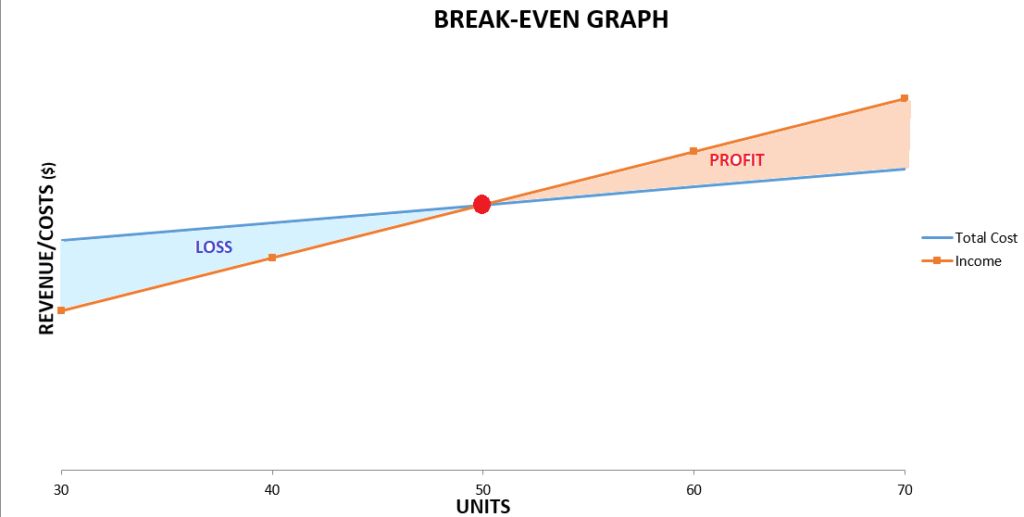What is the Break-even Point?
In the simplest terms, the Break-even Point refers to the point where total costs (both fixed and variable) equal total revenue.
Detailed Explanation
In the SaaS context, the Break-even Point is reached when the total earnings from a product or service match the total expenses incurred for its development, marketing, and distribution. It’s a significant financial concept that helps SaaS businesses understand the level of sales required to cover their costs before they can start making a profit.

Why It Matters
For a SaaS business, understanding the Break-even Point is crucial. It gives an insight into the viability of a business model or product, assists in budgeting and forecasting, and aids in making strategic decisions.
Potential Misunderstandings
The Break-even Point does not account for the cost of capital and does not necessarily signify profitability. It only indicates that a company has covered its costs. Profitability occurs when revenues exceed total costs. Understanding the Break-Even Point is crucial for SaaS businesses as it aids in financial forecasting, budgeting, and making strategic decisions related to profitability.
Frequently Asked Questions
- How is the Break-even Point calculated in a SaaS company?
The Break-even Point is calculated by dividing the total fixed costs by the contribution margin ratio. The contribution margin ratio is calculated by subtracting the variable cost per unit from the selling price per unit, and then dividing by the selling price per unit. - Does the Break-even Point guarantee profitability?
No, reaching the Break-even Point does not guarantee profitability. It only indicates that a company has covered its costs. Profitability occurs when revenues exceed total costs.
